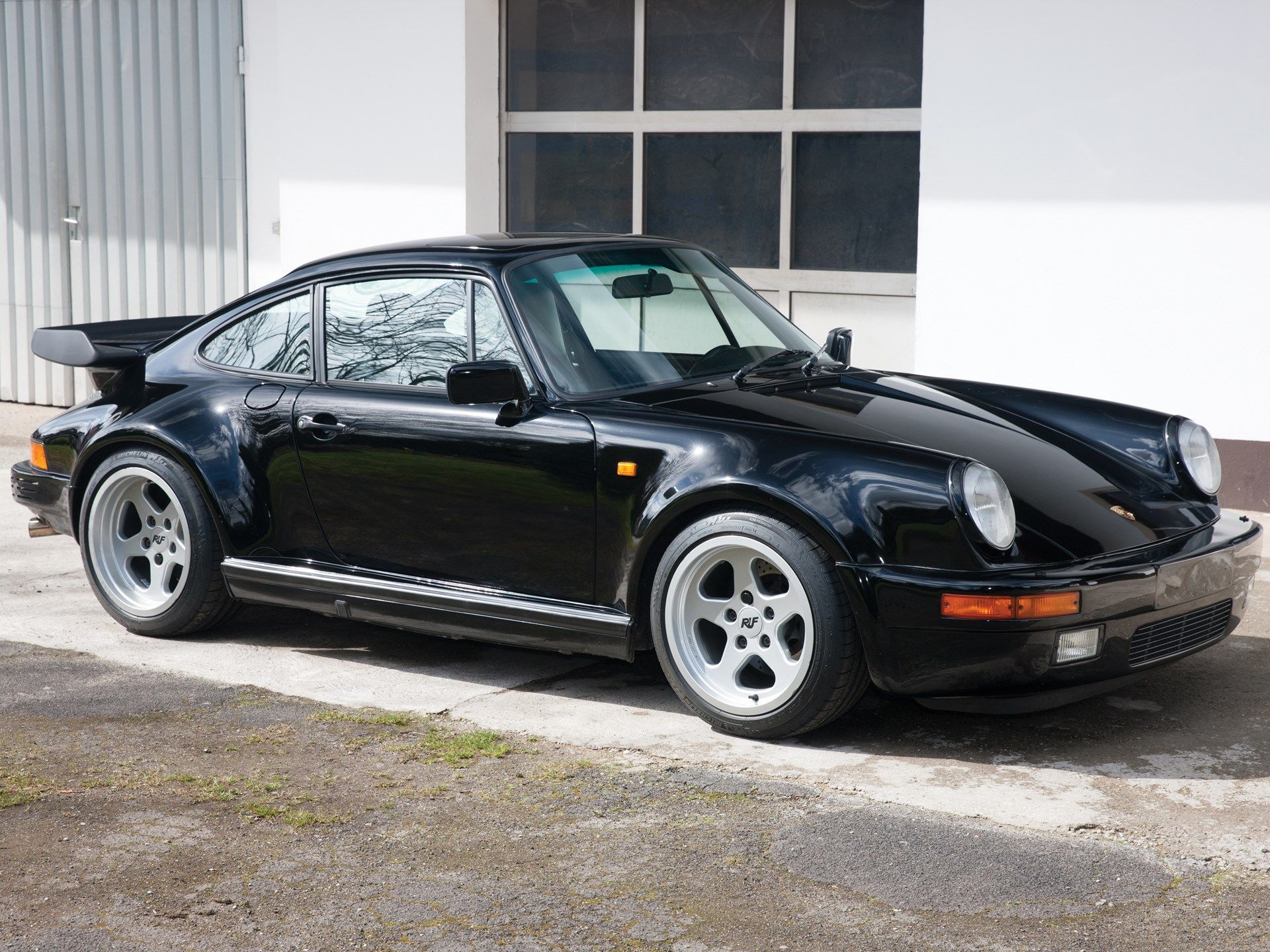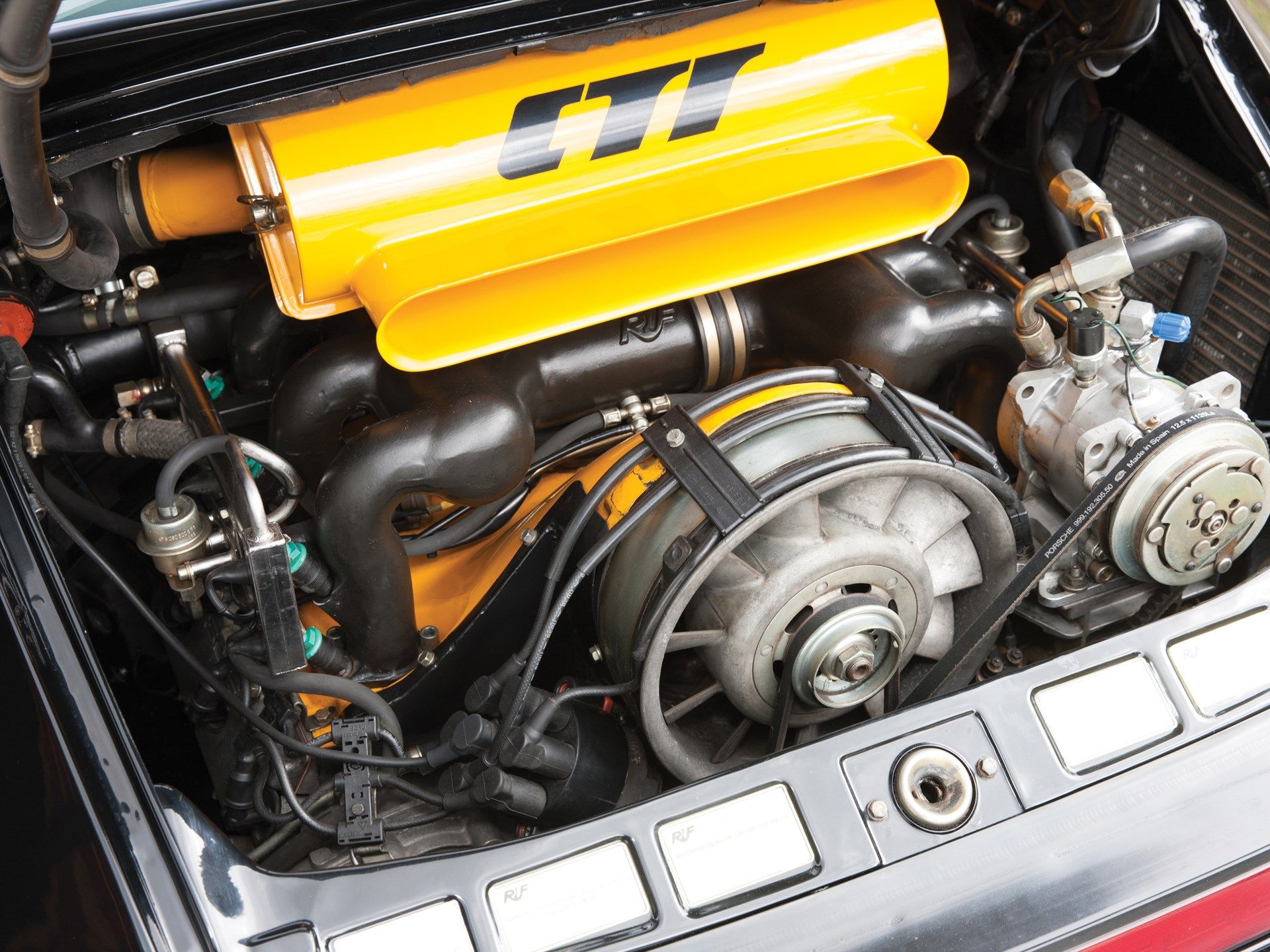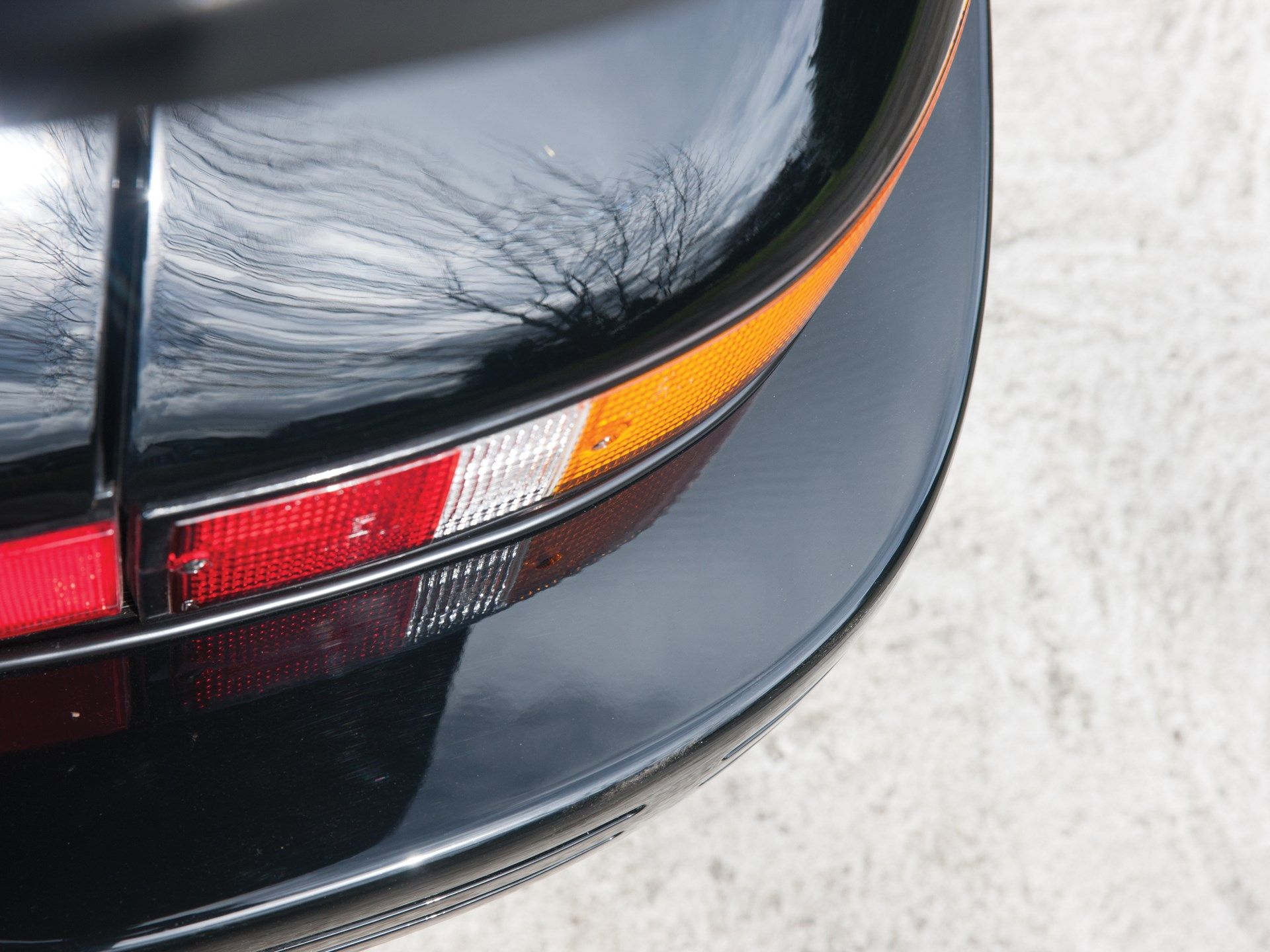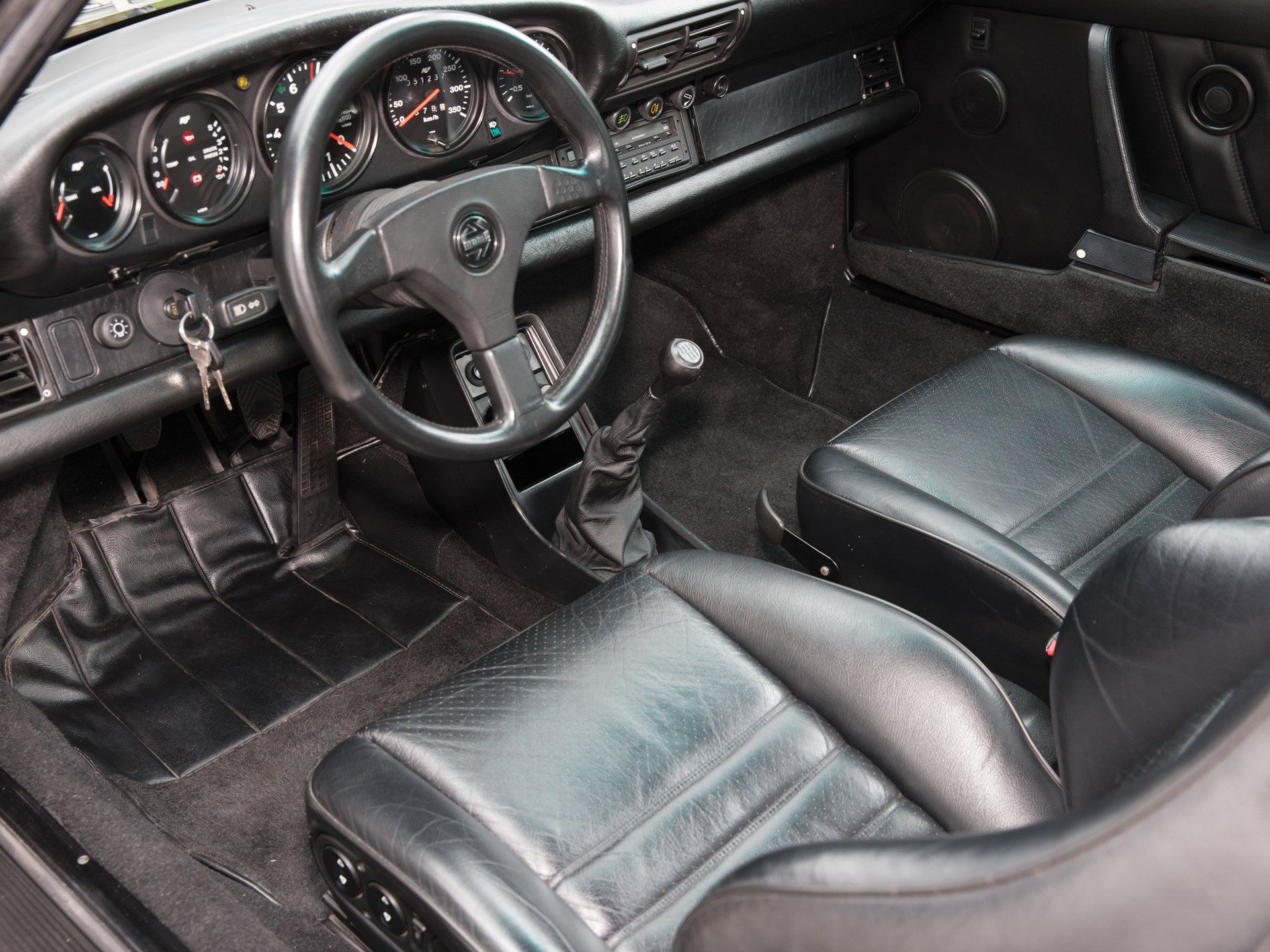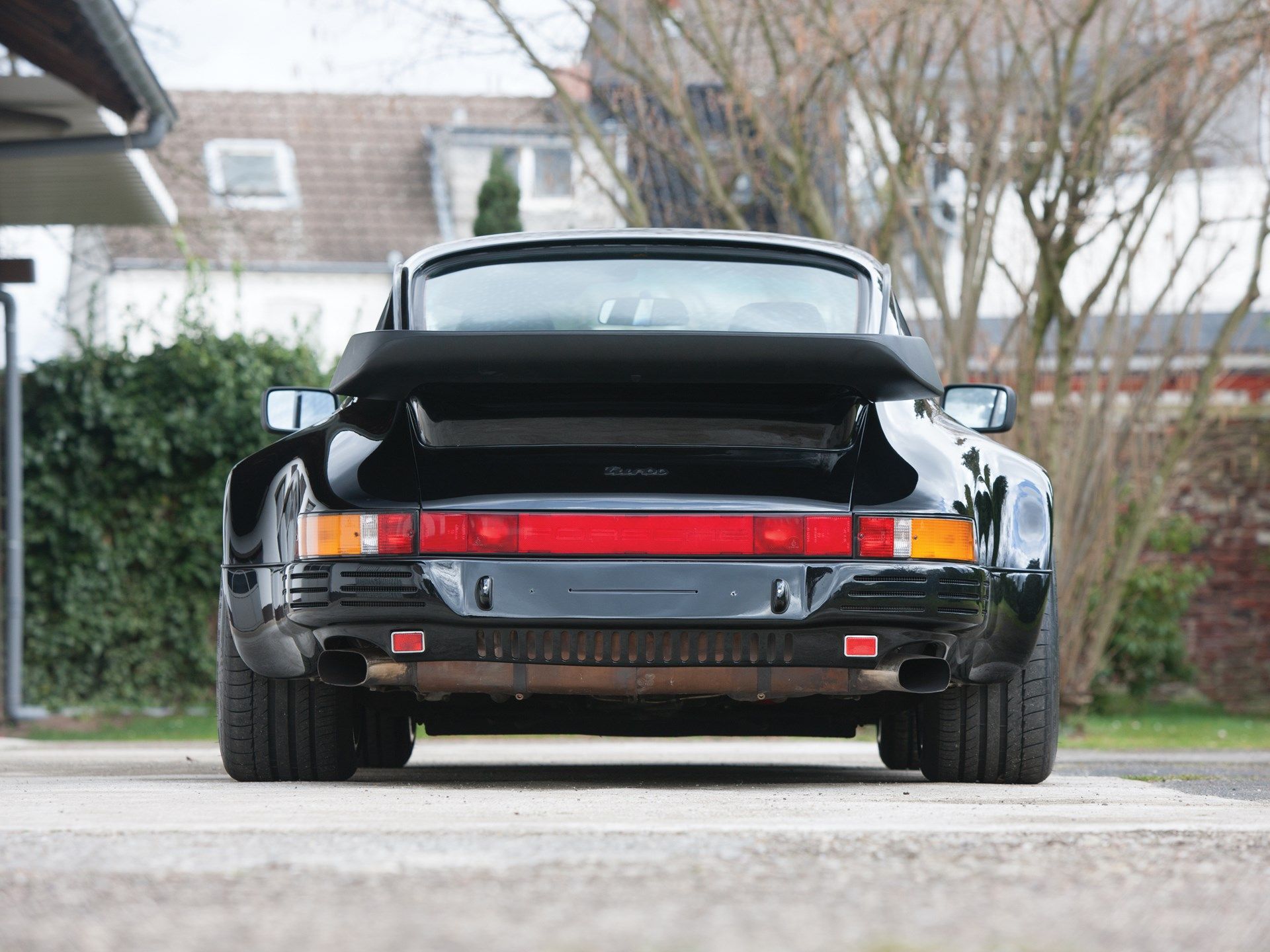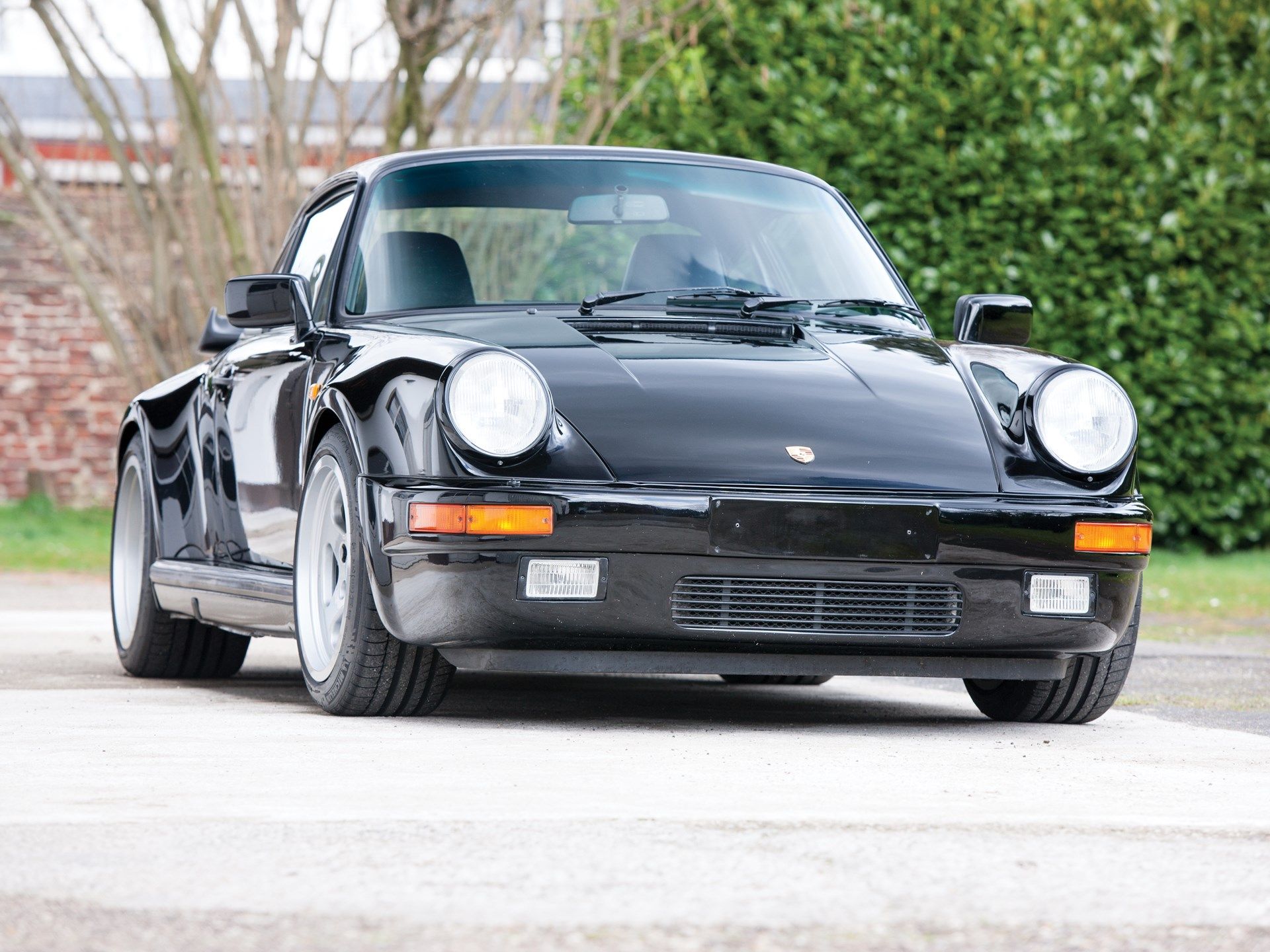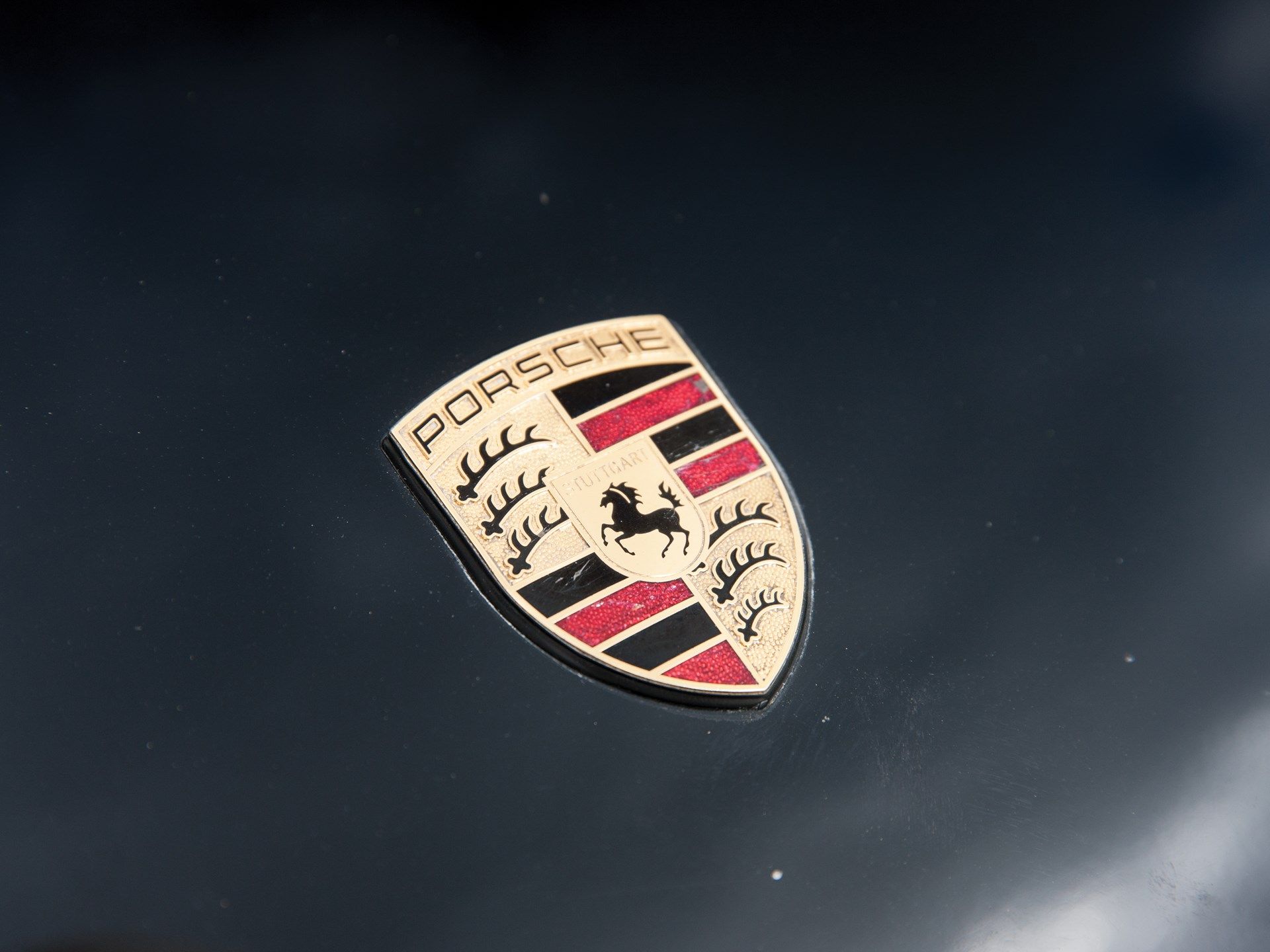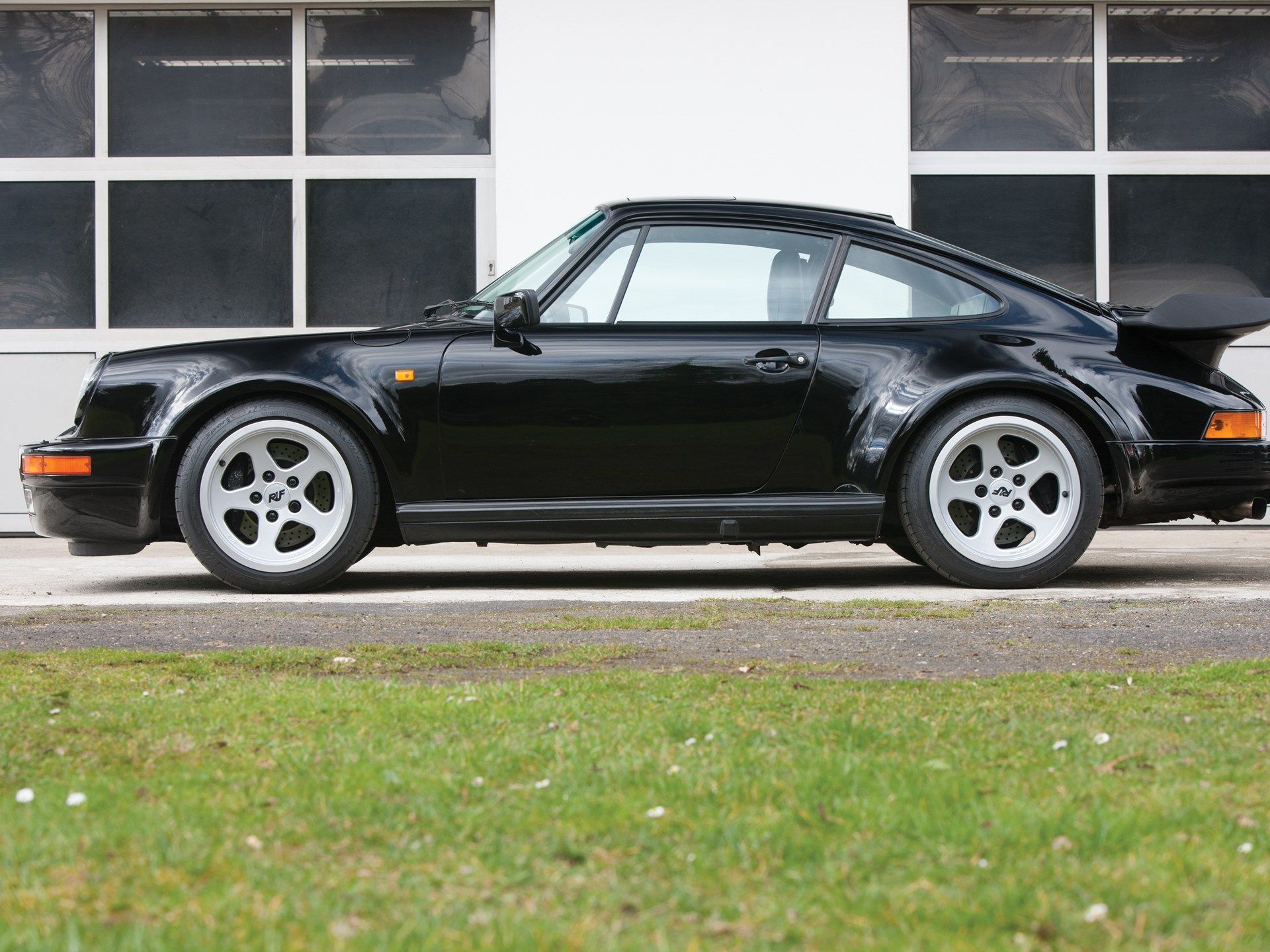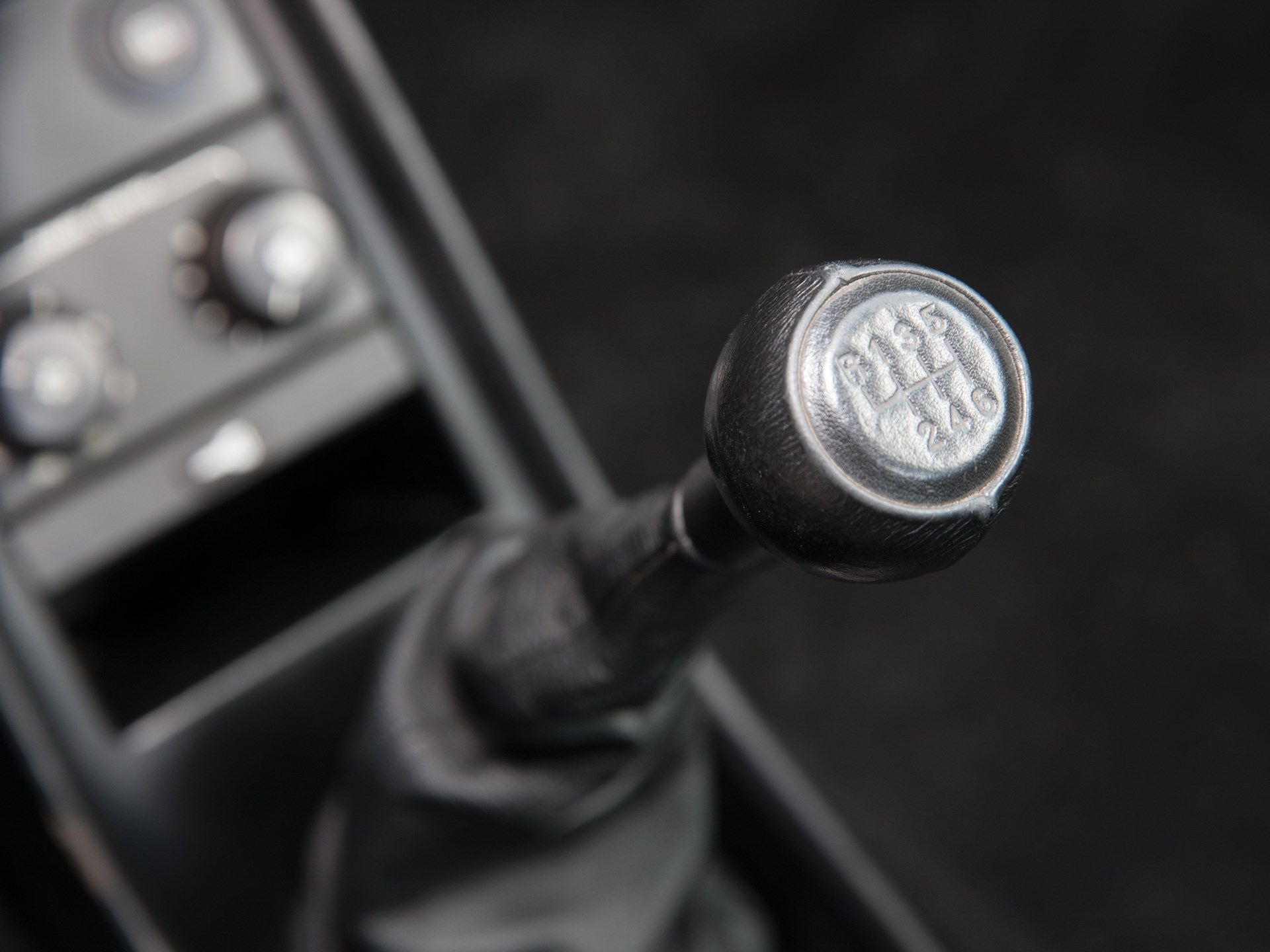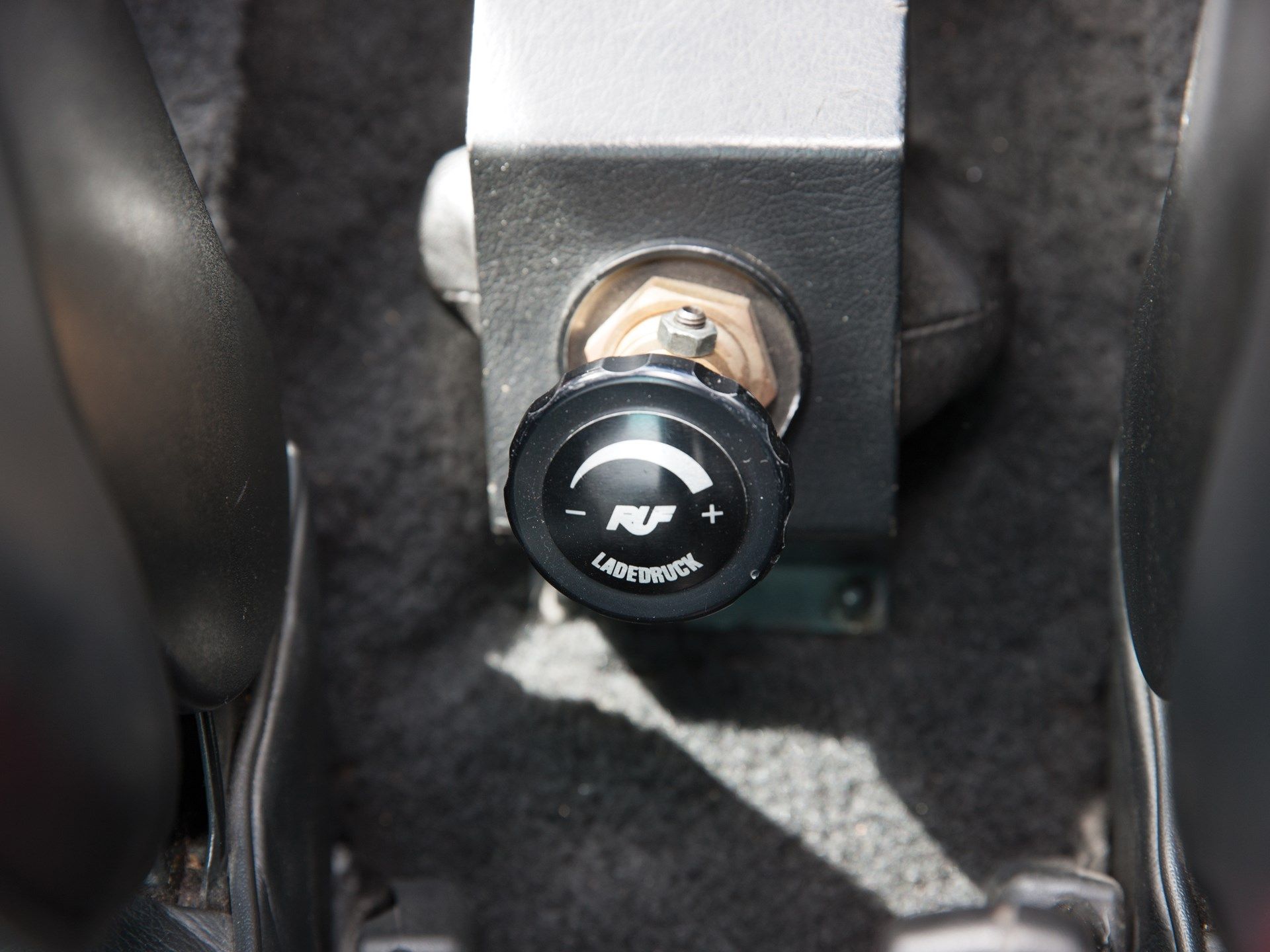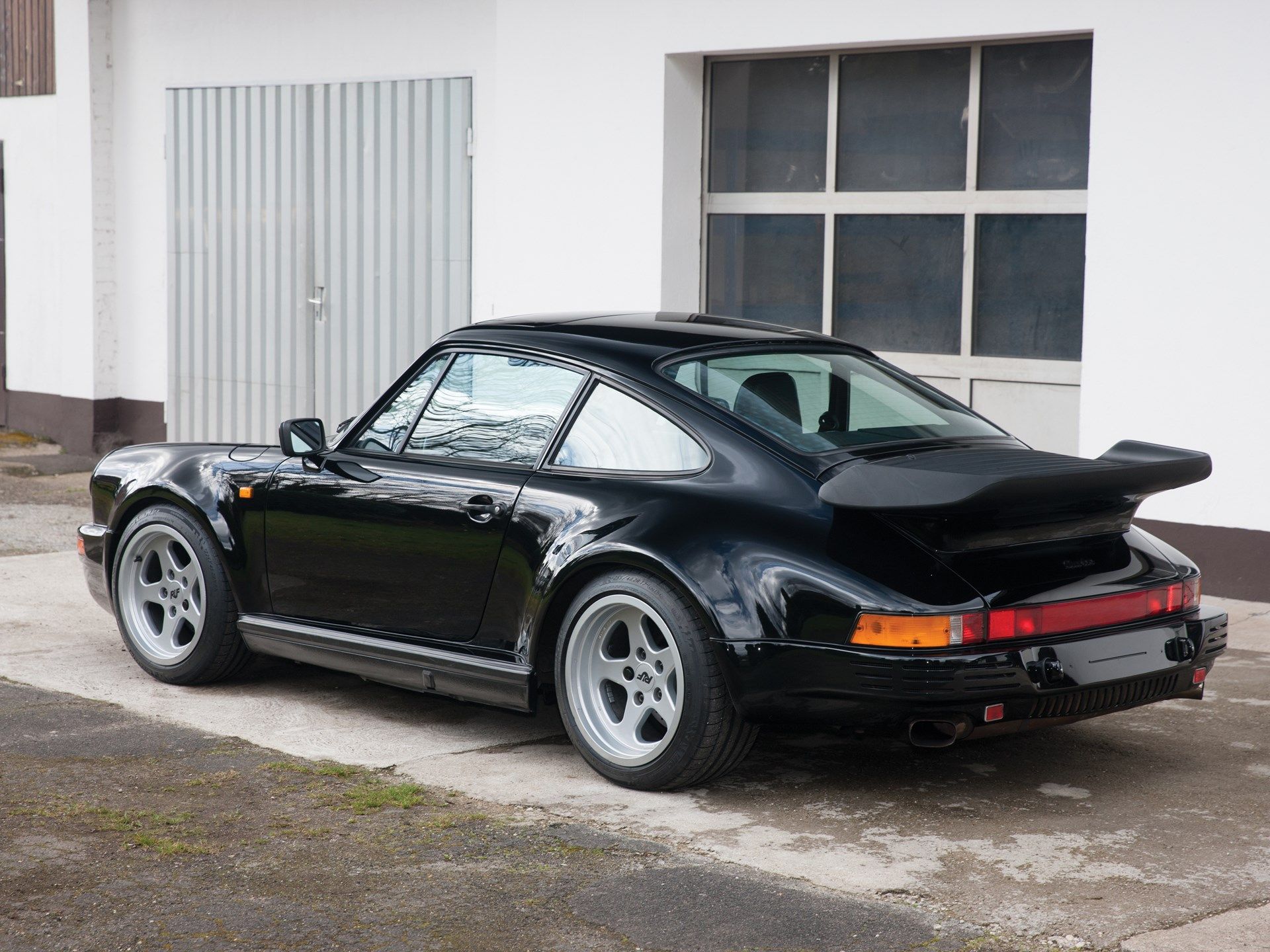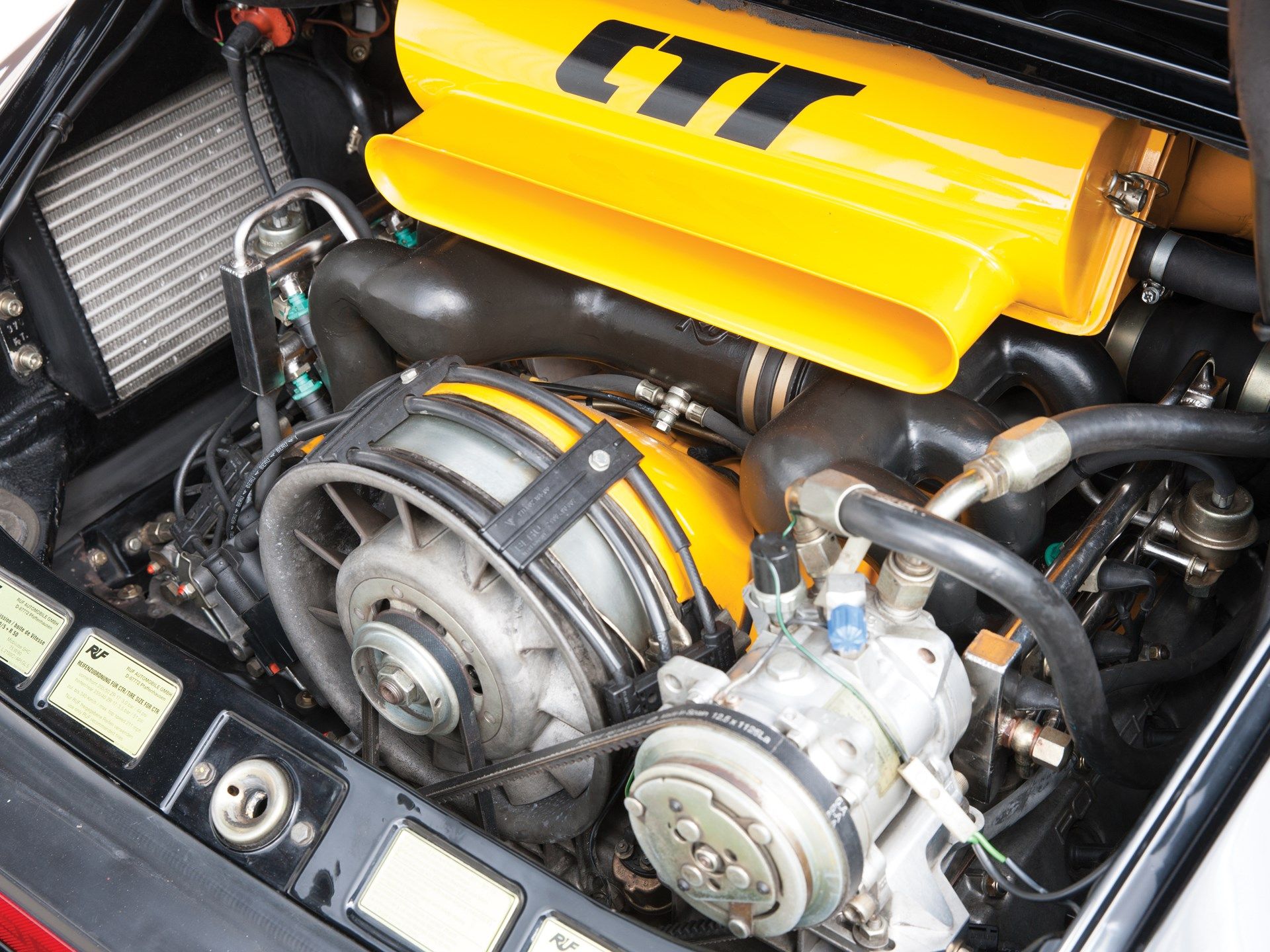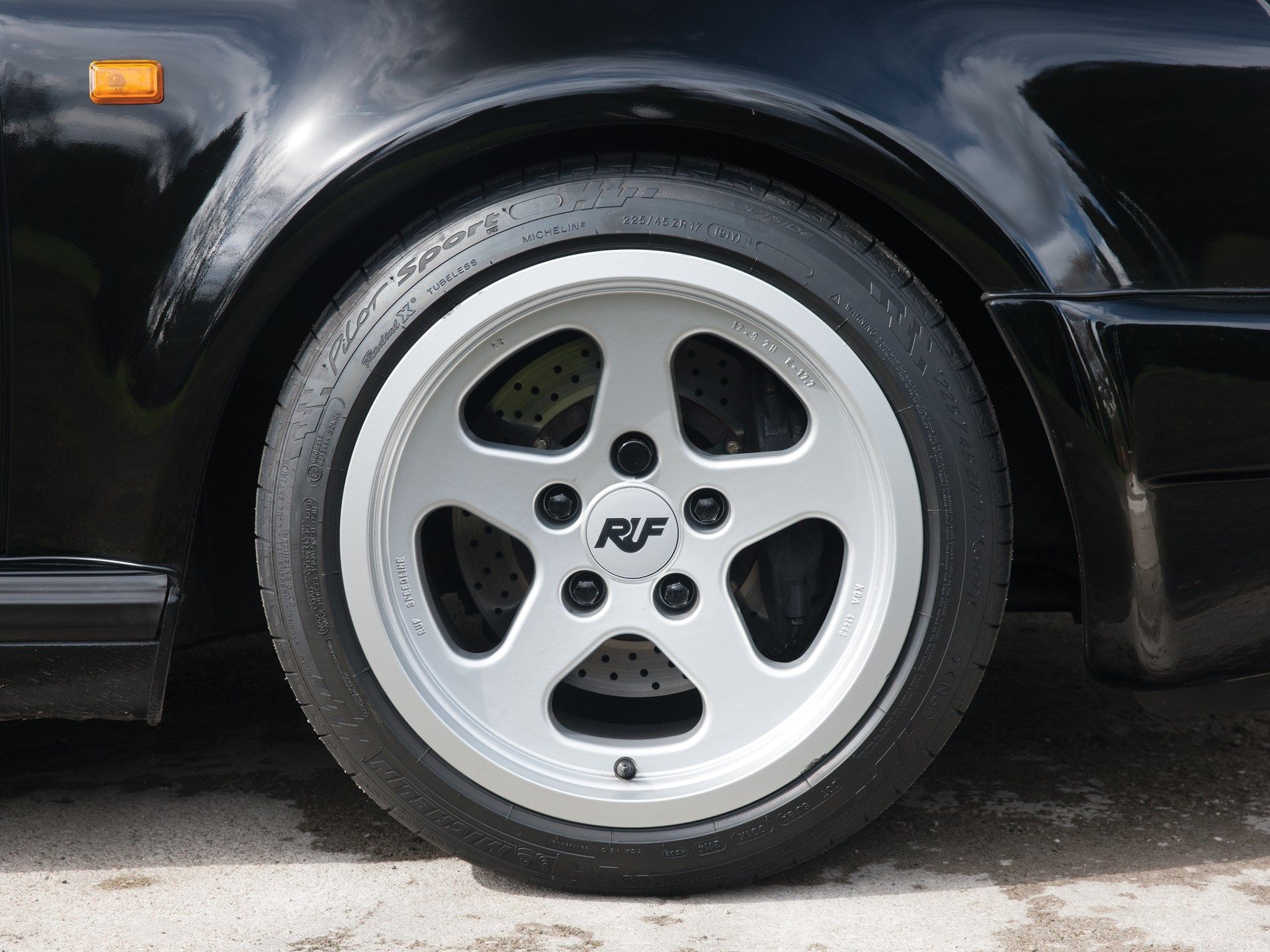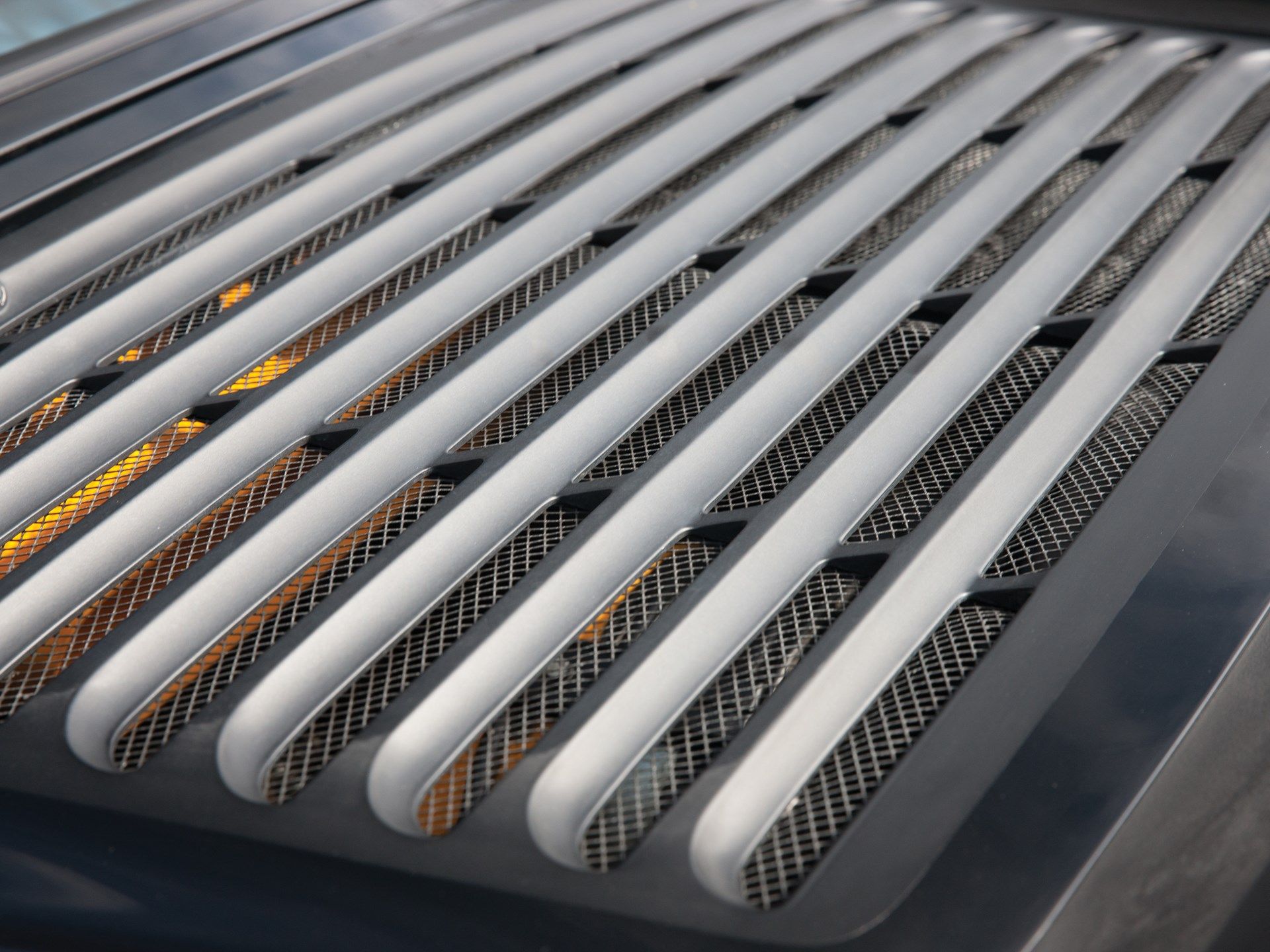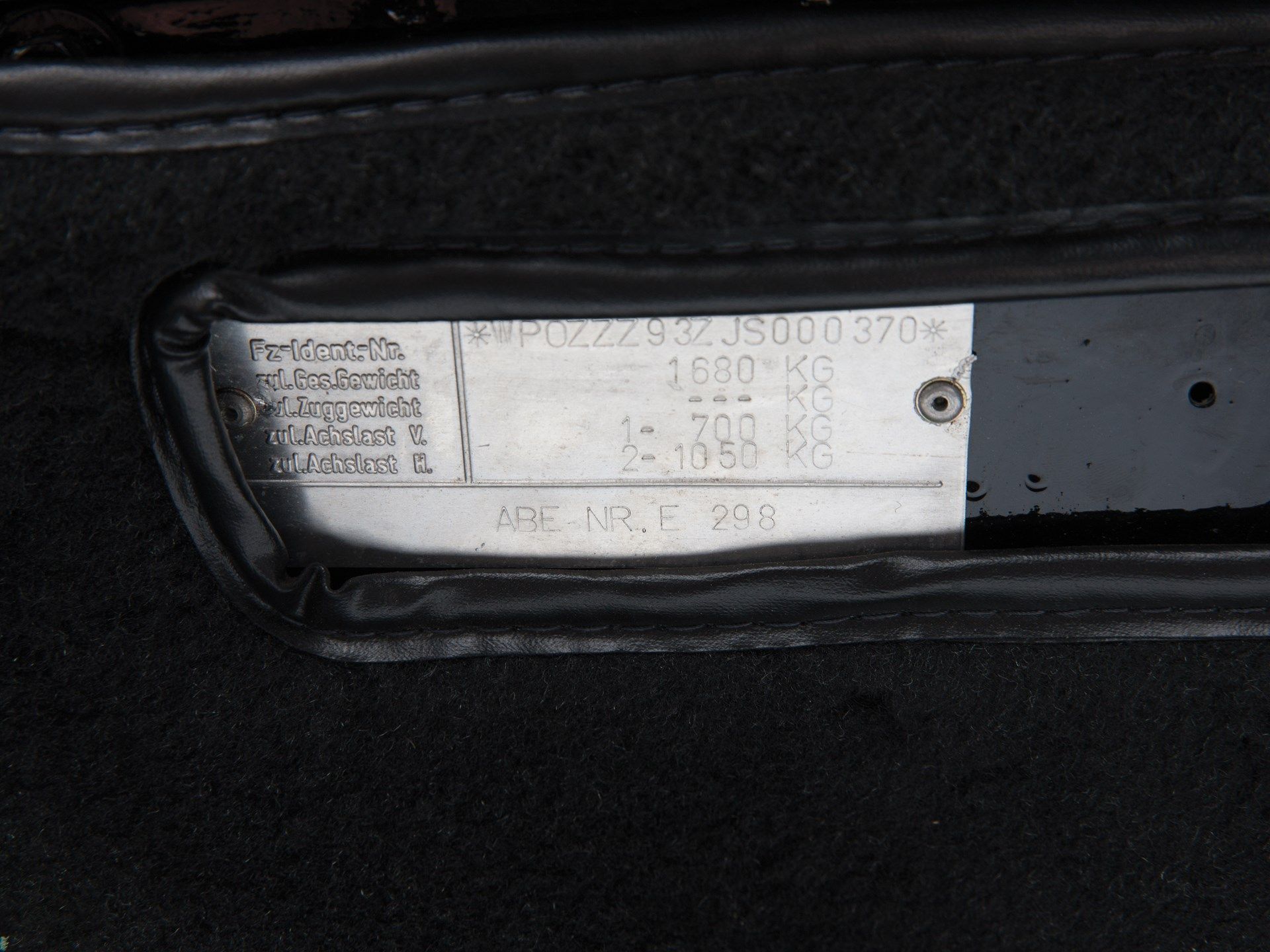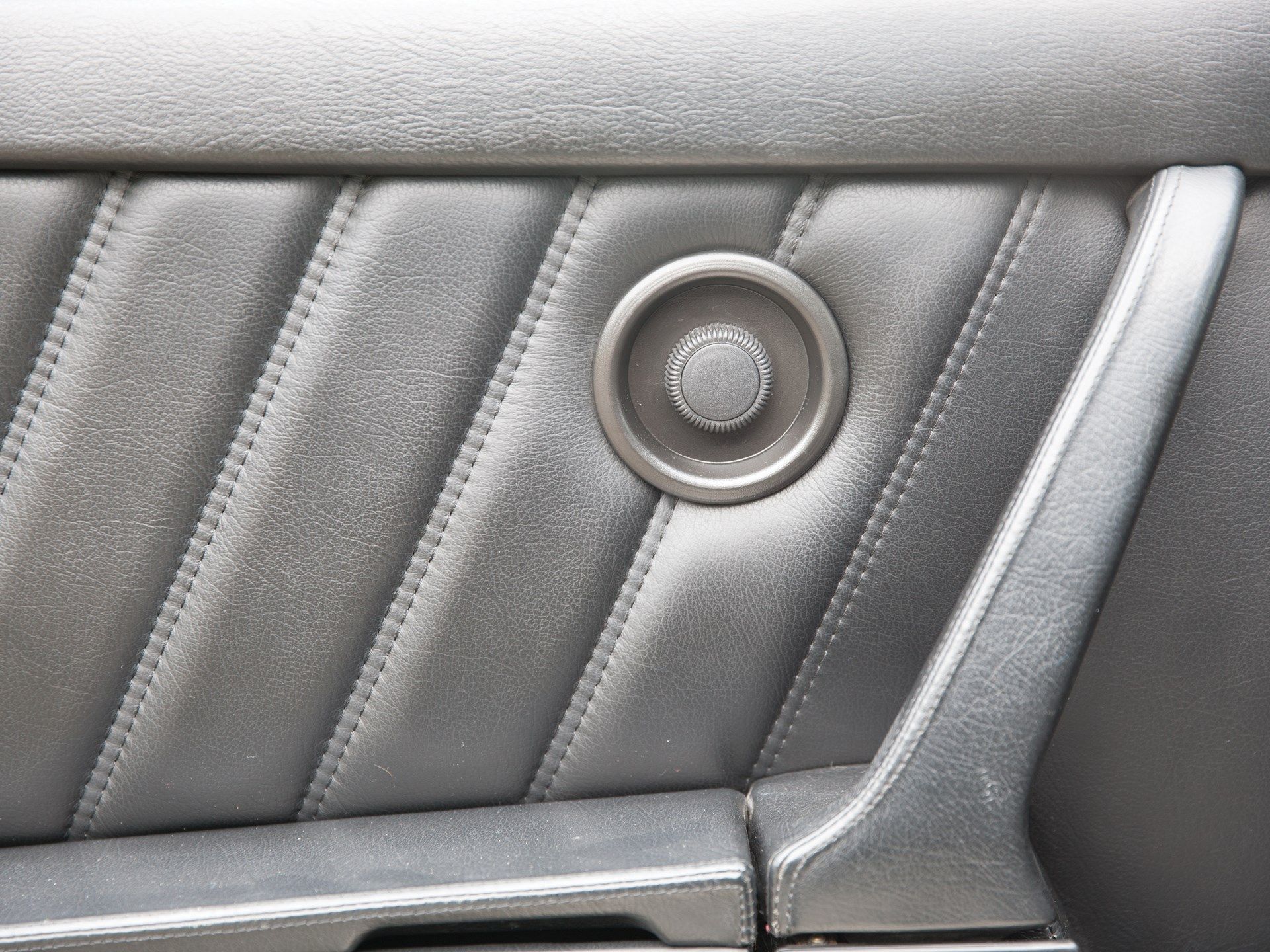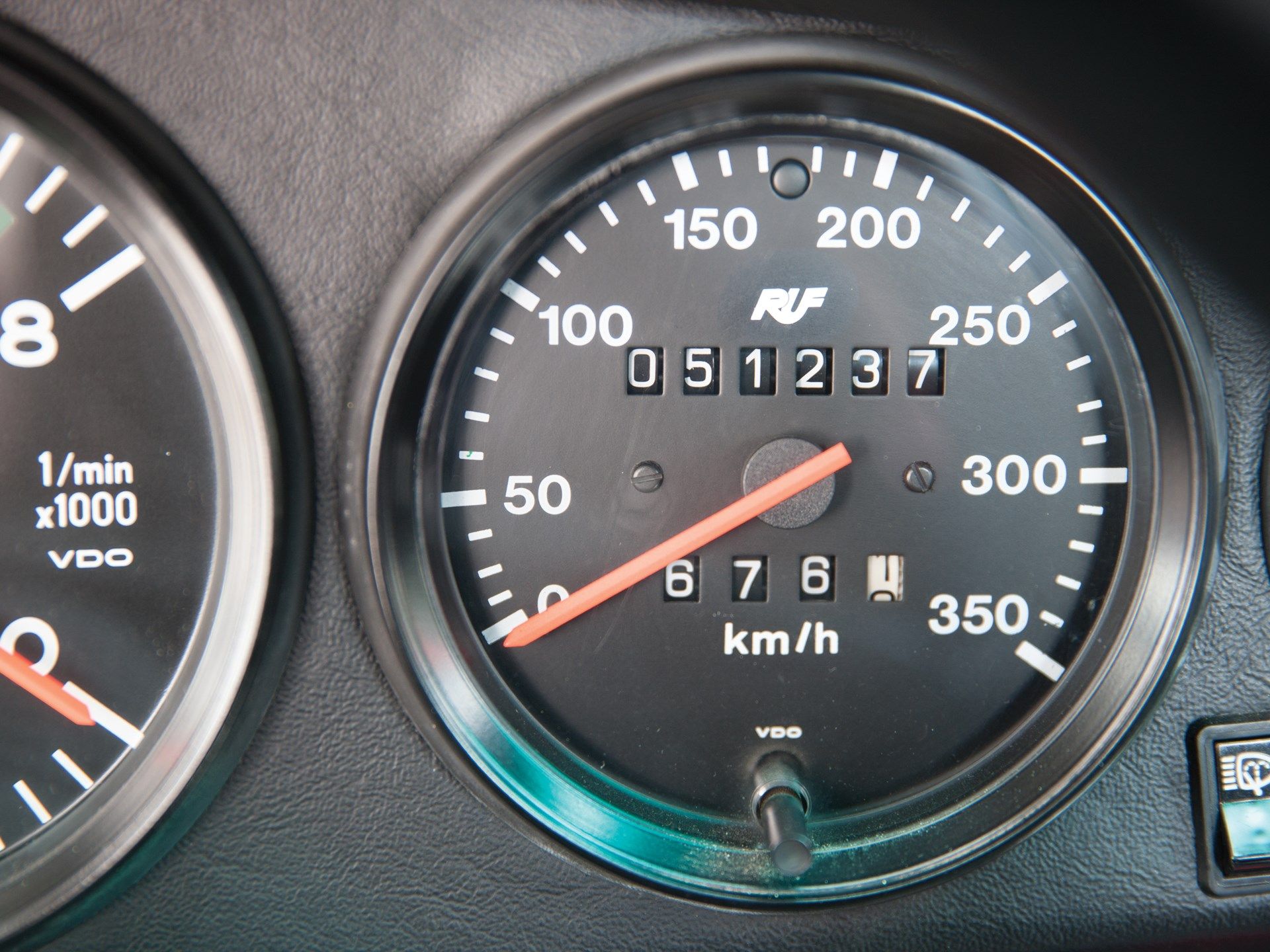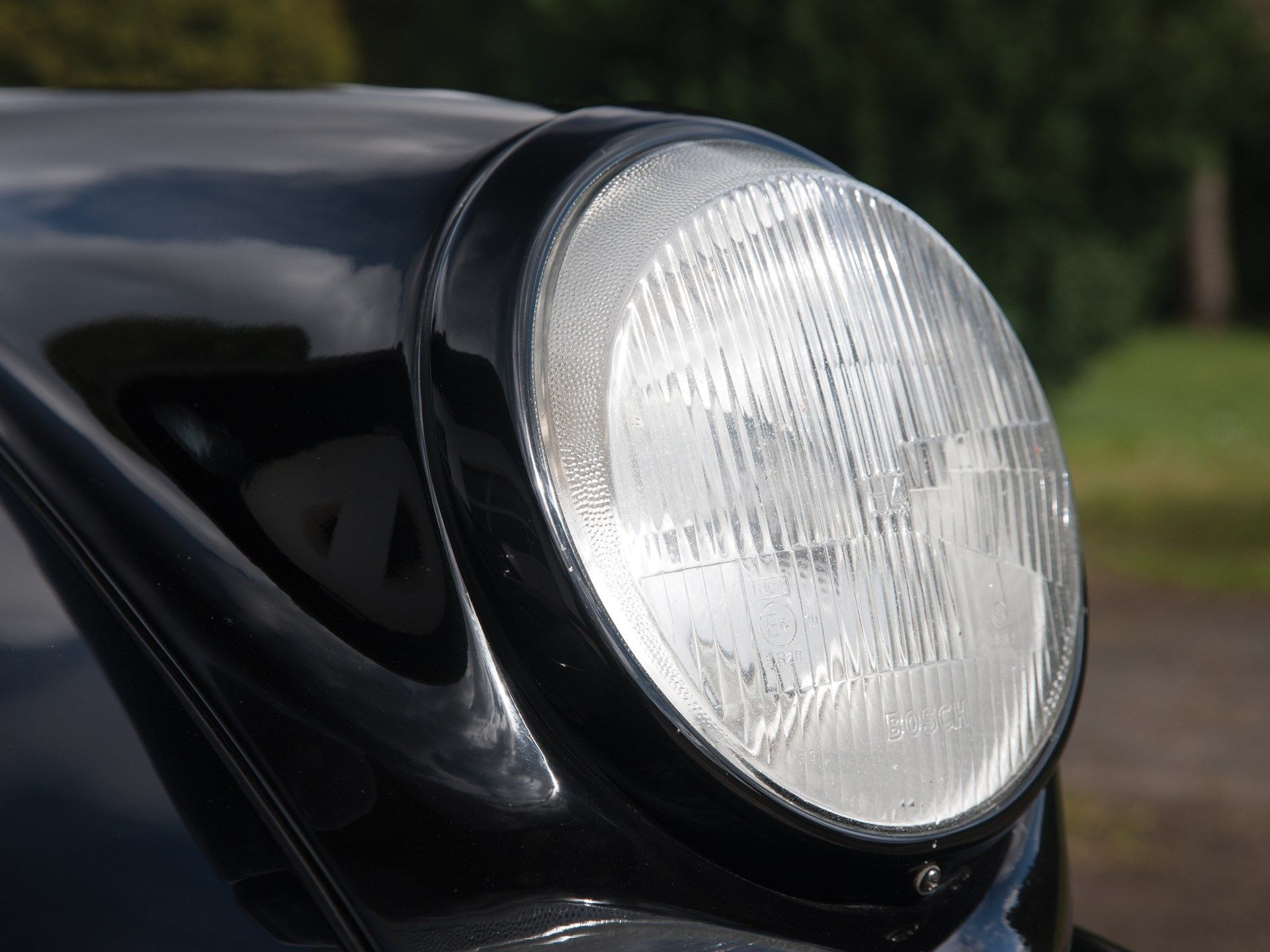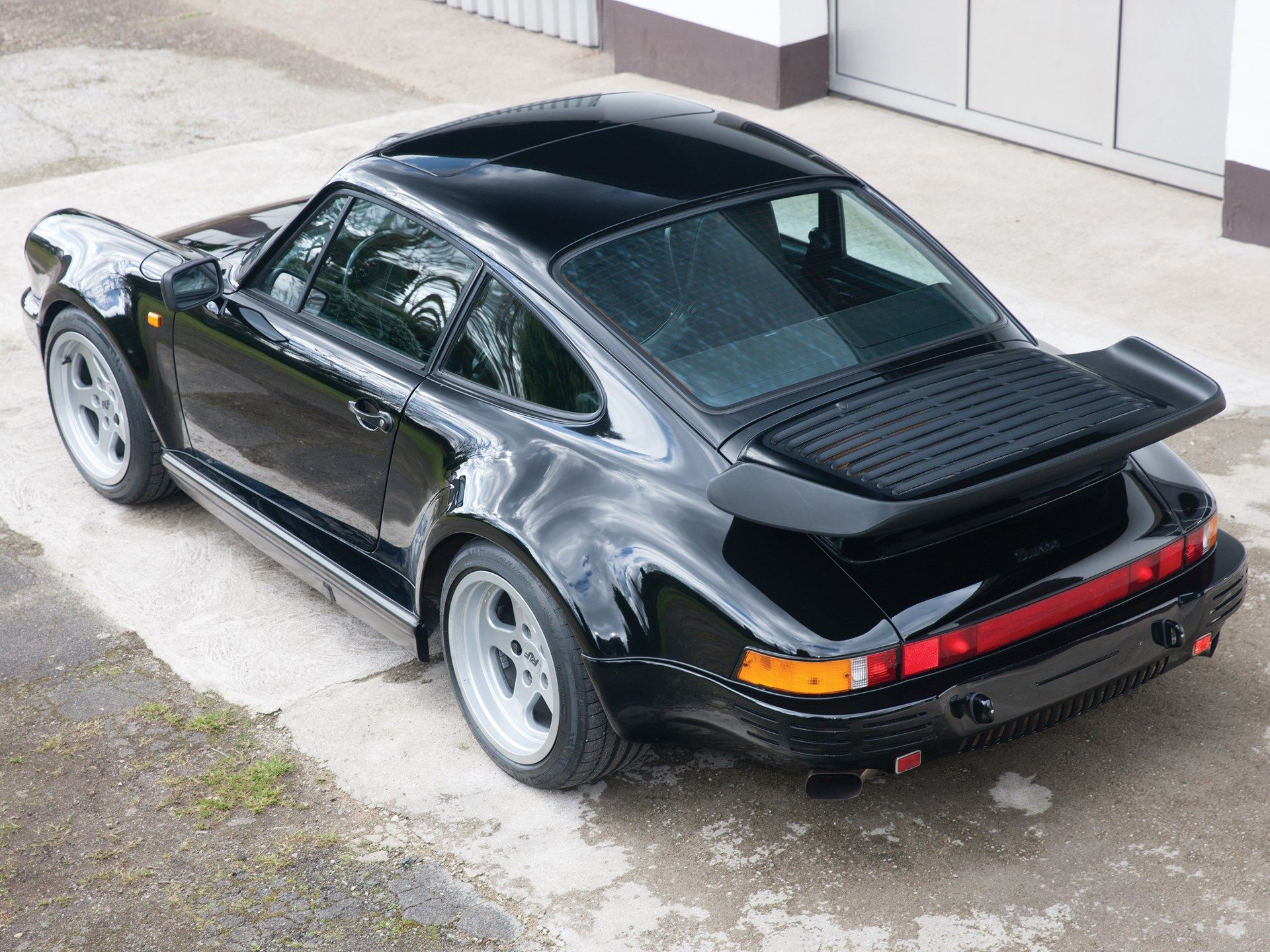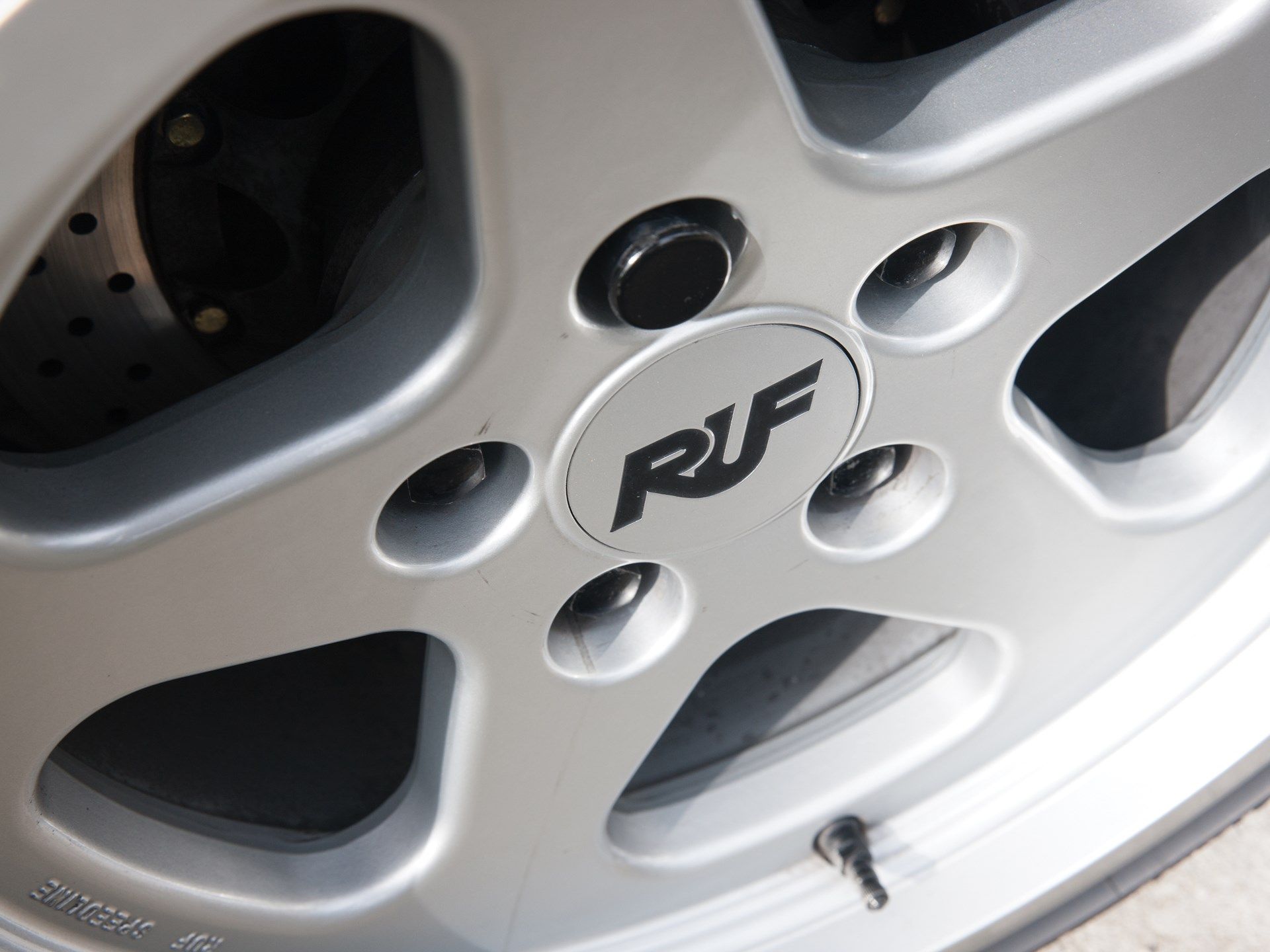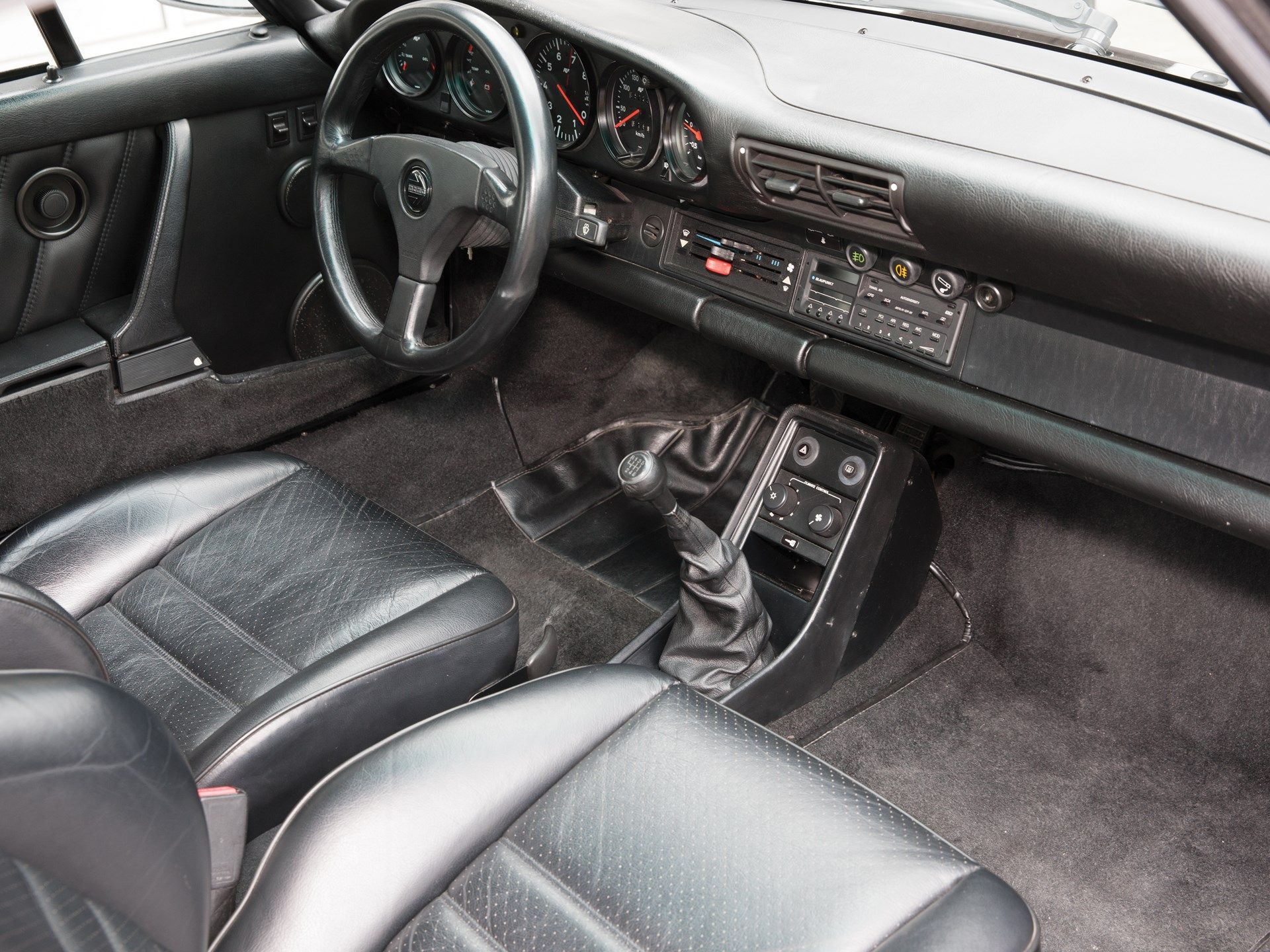The original RUF CTR, commonly known as the “Yellowbird”, outran the Ferrari F40 and the Porsche 959 from 0 to 100 mph and kept going all the way to a top speed of 213 mph. It was the fastest car of the ‘80s and, arguably, the most extreme road-going interpretation of the Porsche 911 Carerra at the time.
As a follow-up to the vicious BTR, the RUF CTR was even more insane. It used parts from the Porsche 962 Group C prototype racer, had lightened body panels, a gearbox built just for it, tires similar to those on the spaceship that was the 959 and a bright yellow paintjob that made it stand out and earned its nickname: Yellowbird.
Before Alois Ruf and the team set about building the CTR, the world’s fastest car was the Lamborghini Countach. Surely, with all the wings it had grown by the time it received four valves per cylinder in 1985, it looked the part. Sadly for the Italians, the more understated Ruf CTR blew by the Countach, and the Testarossa, and the 288 GTO and just about any other supercar you can think of. And Ruf themselves thought that they could’ve eeked more with longer gears.
Keep reading to learn more about the ludicrous Ruf CTR
1988 Porsche 911 Turbo 'Ruf CTR'
- Make: Array
- Model: 1988 Porsche 911 Turbo 'Ruf CTR'
- [do not use] Vehicle Model: Array
Exterior
A keen fan will be quick to point out the differences between a CTR and its base, the 911 Carerra 3.2-liter version. However, most people won’t bat an eye if they stumble upon a CTR. After all, it doesn’t have a huge rear wing, nor does it have scissor doors or ostentatious wheel arches. Granted, the chirp of the blow-off valve is sort of unique, but it won’t stand out the same way a white Testarossa or De Tomaso Pantera do.
Still, Ruf worked extensively to improve the body of the stock Carerra, while also removing impeding weight.
The front trunk lid, although stock in appearance, is actually custom made out of aluminum. Same goes for the doors and the hood. The rear wheel arches are wider than those on the normal Carerra to fit the larger wheels and tires. The exterior rear-view mirrors are also much smaller, seemingly in-unit with the A-pillar. The Ruf engineers looked at Porsche’s Group 5 racing models as an inspiration for the mirrors.
The, by now, classic Speedline 5-spoke wheels are maybe the element that most easily distinguishes not only the CTR but most any Ruf cars to their mundane unmodified counterparts from Stuttgart. The engineers at Ruf chose the Carerra 3.2 over the 930 Turbo – which was the base for the BTR – due to its lower curb weight and better drag coefficient.
The rear end is dominated by the whale tail, whose rubber lip points upwards, like a Gurney flap. Below, the fiberglass rear bumper with holes cut into it for better airflow and cooling is another detail that sets the CTR apart from stock Porsches. The twin-exhaust tips exit to the sides of the car.
Interior
Inside, the CTR isn’t as austere as one may expect. Indeed, you do have Recaro bucket seats with racing harnesses and a roll-cage, but not all creature comforts are gone.
The Momo 3-spoke steering wheel is a classic example of perfect ergonomics and simplicity. Five big dials make up the instrument cluster behind the steering wheel. The tachometer and the odometer are the biggest (with the latter going all the way to 217 mph) with the turbo boost dial on the right and the oil and fuel dials to the left.
The rear seats weren’t deleted altogether, but it’s hardly advisable to seat anyone in the back.
Drivetrain
The RUF CTR makes use of the 3.2-liter flat-6 from the usual Carerra but bored out to 3.4-liter in capacity. The engine is fed via a Bosch Motronic fuel injection system while the ignition setup is closely related to that on a Porsche 962. The added power, of which there is plenty over the original output, comes thanks to the two extra turbochargers with one intercooler each.
The car has a custom-built 5-speed gearbox, although some models were later equipped with 6-speed transmissions. The CTR has upgraded suspension and the 17-inch Speedline rims sit in front of 13-inch diameter Brembo brake discs. This means that the car will not only exceed 210 mph but also stop feverishly quick. Then again, with a weight of just 2,535 pounds it should.
Pricing
The Ruf CTR became famous shortly after its debut when Road & Track included one in its multi-car test aimed at finding which was the world’s fastest production car at the time. The American journalists took a host of supercars – including a Countach and a Testarossa – to the Volkswagen-owned Ehra-Lessien test track for high-speed testing.
Later, the CTR received further attention from the media when German magazine Auto Motor und Sport included it in another multi-car test, this time facing Porsche’s 959 and Ferrari’s new F40 at Nardo. Both proved sluggish when compared to the CTR, although they’d accelerate quicker to 62 mph. Thereafter, the CTR would catch them both and fly towards the horizon.
Then, in 1989, Ruf themselves released a promotional video – Faszination At The Nurburgring – for the CTR which featured the “Yellowbird” lapping the Nurburgring-Nordschleife race track in anger. Its driver, Stefan Roser, slid out of almost every bend of the legendary “Green Hell” and the video, with both onboard and aerial shots of the car, remains a cult classic among fans. It also recorded a time of 8:05 around the Nordschleife, which was just about as fast as any production car could lap the circuit at the time. And the Ruf wasn’t even trying.
All of the above created a sort of a god-like aura around the CTR. Many people love it, but few have been in one, fewer still have driven one, and fewer still own one. That’s because Ruf only built 29 CTRs from cars they bought from Porsche. The other 20-30 units built until 1996 were conversions of stock Porsches that were commissioned by customers.
Competition
Lamborghini Countach 5000 QV
The 1985 Countach 5000 QV featured the most outlandish styling seen on a Countach up to that point. It had huge rear intake ducts that burst out just aft of the scissor doors. It also had NACA ducts on the sides and a huge arrow-shaped wing to keep the back in check. The body was also widened with boxy wheel arches at the front and bulging round ones at the back.
It was, basically, one of the era-defining cars. But, if you look at the numbers, it was more show than go. Yes, the non-fuel-injection 5000 QVs had 453-horsepower at 7,000 rpm and 369 pound-feet of torque and 5,200 rpm, but it didn’t get off the line as fast as the CTR. It also wasn’t as fast, with an advertised top speed of around 192 mph.
Read our full review on the 1973 - 1990 Lamborghini Countach.
Ferrari F40
The F40 is even more purposeful than the CTR. It had a body made out of Kevlar and carbon fiber. Its twin-turbo V-8 produces 500-horsepower without a catalytic converter and it’s officially the first car to hit 200 mph. In fact, the F40 could reach, Ferrari says, 201 mph. That’s just 12 mph below what the CTR could do.
Yes, thanks to the aero and more balanced chassis, the F40 might be quicker around a lap than the CTR, but the German car pips it for speed and acceleration after the 62 mph mark. Both of them, however, offer the same pure, straight-to-the-point, experience behind the wheel.
Read our full review on the 1987 - 1992 Ferrari F40.
Final Thoughts
The Ruf CTR is one of the sports car heroes of the ‘80s. The most extreme tuning project of the time in one of the most understated attires. It is monstrously fast, perilously dangerous if you don’t know what you’re doing and, lately, very expensive to buy.
Is it worth it? Just about anybody who’s been lucky enough to drive it, would say that it is. Ruf themselves paid tribute to the original CTR by releasing a new modernized CTR concept last year.
Further reading
Read our full review on the 1986 - 1989 Porsche 959.

